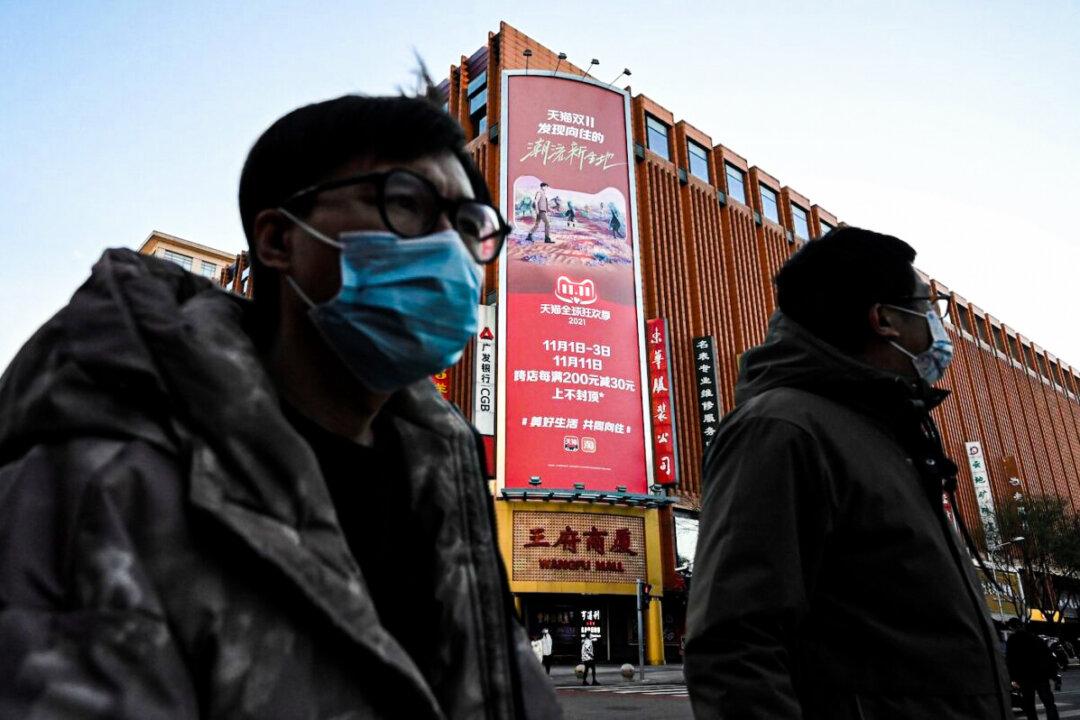International financial and investment analysts have been keeping a close watch on China’s debt crisis. The most pessimistic view, based on large amounts of technical analysis, is that it is a result of too much debt risk, similar to the 2008 crisis in the United States when Lehman Brothers collapsed and the credit market became paralyzed. The majority of analysts predict that, once the bubble bursts, China’s economy will sink into a decline similar to Japan’s situation in the 1990s.
Actually, from a technical perspective, China should have already experienced several rounds of financial debacles. However, due to fundamental differences between China and Japan, the playing out of China’s anticipated financial crisis will look quite different.
Expanding Risk Factors
On the surface, China’s banking sector looks very similar to Japan’s in the early 1990s, before the bubble economy developed. Both experienced the overly rapid expansion of asset size and credit risk factors.
The asset size of Japanese banks increased rapidly, driven by the easing of monetary policy, high savings rates, and ample liquidity. The growth rate of loans far exceeded GDP growth. From 1984 to 1990, Japan’s total banking assets increased by 103 percent, from 373 trillion yen to 757 trillion yen. This rapid asset increase was related to an increase in deposits. Total bank deposits rose from 268 trillion yen to 495 trillion yen, a seven-year increase of 84.7 percent.
China’s banking assets have grown even faster than Japan’s. The difference is that they are not composed mainly of savings deposits. Professionals in China’s banking sector do not deny this fact. They have openly admitted that the continuous asset expansion was related to a loose monetary environment. The central government’s boosting of the economy, accelerated credit approval, real estate market, and infrastructure investment appreciation, are all examples of major interest earning assets that have contributed to the overall expansion of asset growth in China’s banking system.
Loan Allocation
A careful study shows that asset allocations of Chinese and Japanese banks are only partly similar. The main assets of Japanese banks consisted of real estate. From 1984 to 1990, Japan’s real estate loans increased from 7.5 percent to 12 percent of total loans and far outnumbered loans made to the manufacturing sector and GDP growth. At the same time, manufacturing loans dropped from 26.6 percent to 15 percent of total loans. Real estate loans in Japan increased the most in 1986 and 1989, with growth rates reaching 35 percent and 27.7 percent, respectively.





